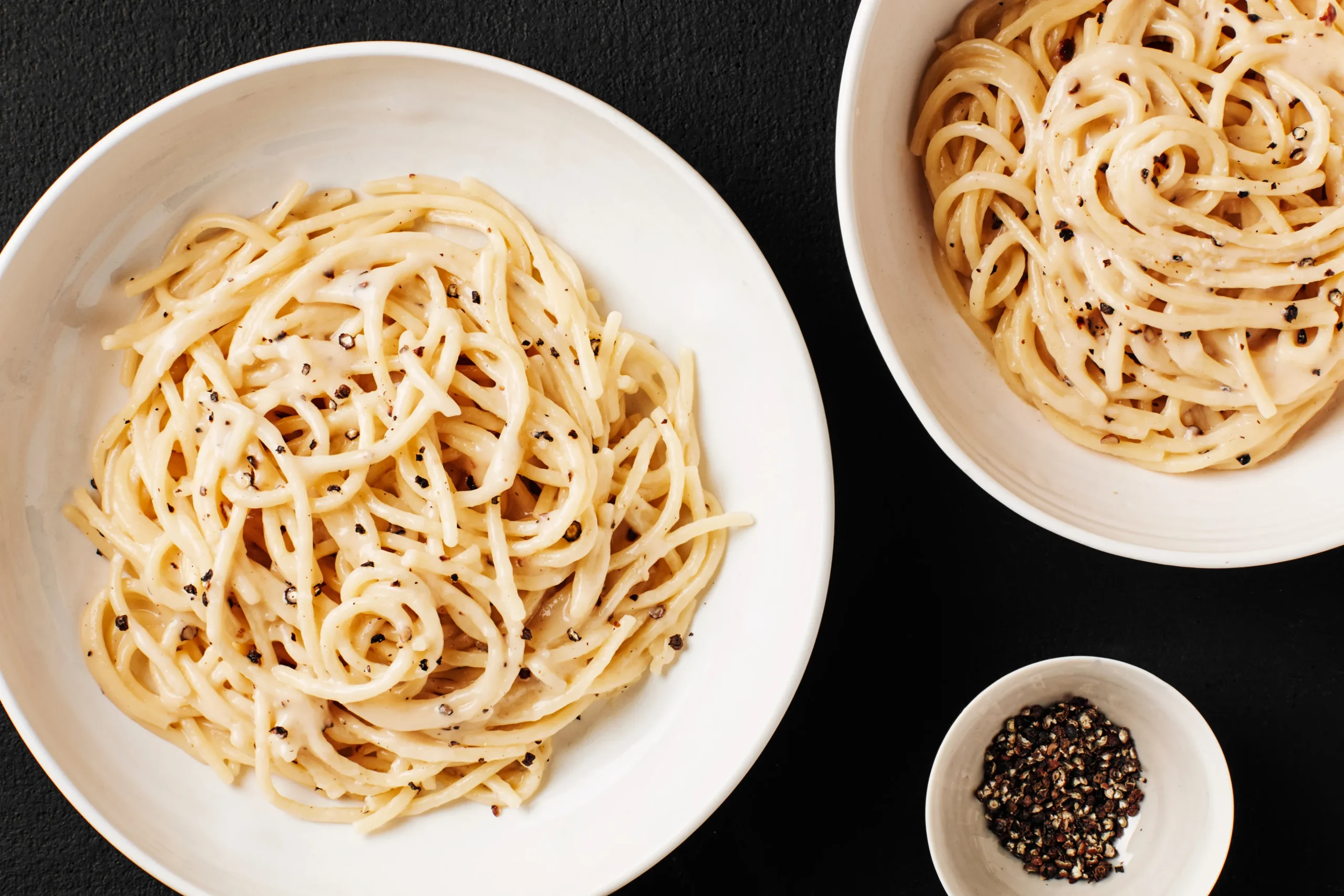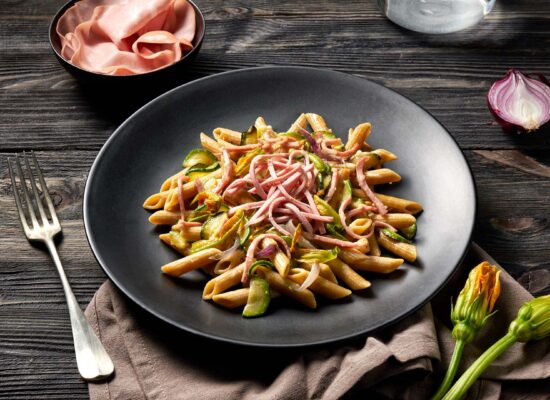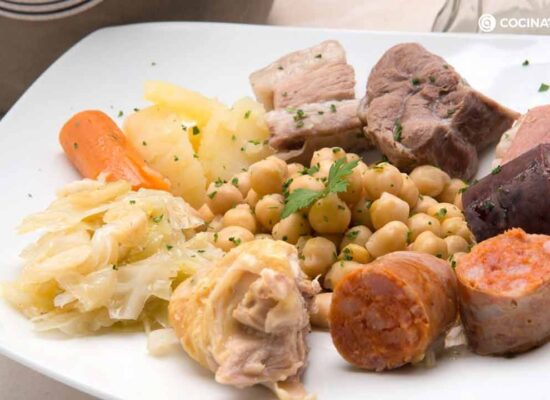How to prepare Penne Arrabbiata at home for six people
Penne Arrabbiata is a fiery delight from the heart of Italian cuisine, known for its bold and spicy tomato sauce enriched with garlic, chili peppers, and an array of fresh herbs. True to its name, “Arrabbiata” means “angry” in Italian, a nod to the heat level that this dish proudly presents. This robust pasta dish is not only a staple in Italian households but has also captivated the palates of pasta lovers worldwide. Here’s a comprehensive guide recipe on how to whip up Penne Arrabbiata for six people, ensuring each serving is as authentically zestful as found in the streets of Rome.
Ingredients:
- 1.5 pounds (24 oz) penne pasta
- 1/4 cup olive oil
- 6 cloves garlic, thinly sliced
- 1-2 teaspoons crushed red pepper flakes (adjust to taste)
- 1 large can (28 oz) crushed tomatoes
- Salt, to taste
- Freshly ground black pepper, to taste
- Fresh basil leaves, chopped (optional, for garnish)
- Fresh parsley, chopped (optional, for garnish)
- Grated Parmesan cheese (optional, for serving)
Instructions:
1. Cook the Pasta:
- Boil Water: Bring a large pot of salted water to a boil.
- Cook Penne: Add the penne pasta and cook according to the package instructions until al dente. Reserve about 1 cup of pasta water, then drain the pasta.
2. Prepare the Arrabbiata Sauce:
- Heat Olive Oil: In a large skillet or saucepan, heat the olive oil over medium heat.
- Cook Garlic and Chili Flakes: Add the sliced garlic and crushed red pepper flakes to the hot oil. Sauté until the garlic is golden and fragrant, but not burnt, about 1-2 minutes.
- Add Tomatoes: Add the crushed tomatoes to the skillet, stirring well to combine. Bring the sauce to a simmer.
- Season: Season with salt and freshly ground black pepper to taste. Let the sauce simmer gently for about 10-15 minutes, stirring occasionally, until it slightly thickens and the flavors meld together.
3. Combine Pasta and Sauce:
- Toss Pasta with Sauce: Add the cooked penne to the sauce and toss to coat the pasta evenly. If the sauce is too thick, add some of the reserved pasta water, a little at a time, until the sauce reaches the desired consistency.
4. Serve:
- Garnish: Serve the Penne all’Arrabbiata hot, garnished with fresh basil and parsley if desired.
- Optional: Offer grated Parmesan cheese on the side for those who want it.
Tips:
- Adjust Spiciness: The amount of crushed red pepper flakes can be adjusted based on your heat preference. Start with less, as you can always add more to increase the heat.
- Fresh Herbs: Fresh basil and parsley add a nice touch of color and flavor, but they can be optional based on your preference.
- Cheese: While traditional Arrabbiata sauce doesn’t include cheese, feel free to add Parmesan if desired.
Enjoy your spicy and flavorful Penne Arrabbiata.


















































